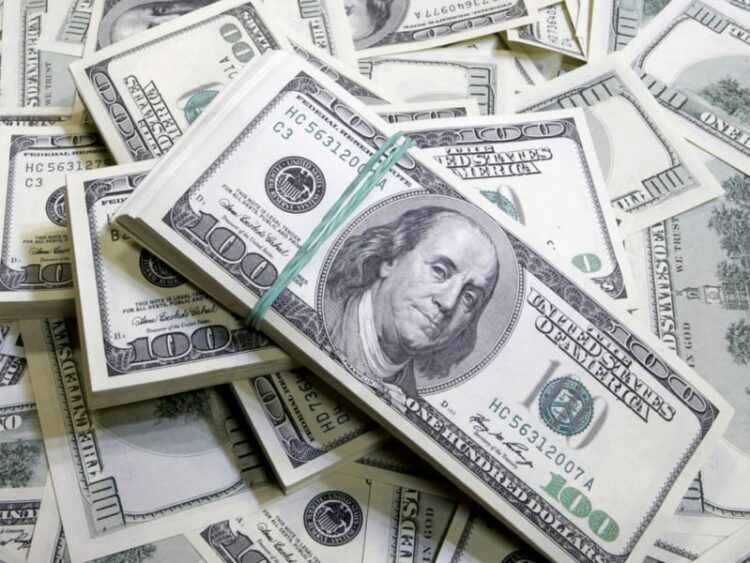Publisher: Maaal International Media Company
License: 465734
Following an 8% drop in its price… Is the dollar facing a crisis of confidence?
The dollar has fallen more than 8% this year, but will it continue to decline?
A recent report by CNBC indicates that the prevailing view among major investment banks is that the dollar will remain weak.
Goldman Sachs said that the dollar, which has been hurt by uncertainty over US tariffs and recession fears, could decline further.
اقرأ المزيد
The dollar fell more than 4.5% in April and is on track for its biggest monthly decline since late 2022, as investors dumped US assets, sparking talk of a crisis of confidence in the world’s primary reserve currency.
The US dollar has fallen 8% this year against a basket of other major currencies.
For his part, Hatzius wrote in an opinion piece in the Financial Times that further declines would exacerbate price pressures at a time when tariffs are already contributing to rising inflation.
A weaker dollar would also help reduce the US trade deficit and protect the economy from recession. However, Hatzius points out the importance of dollar weakness, and that reduced appetite for US assets may offset the impact of the currency’s weakness on financial conditions.
They often evade questions about the dollar. Hatzius says, “A wide range of academic literature, as well as my personal experience as an economic observer, has taught me that exchange rates are more difficult to forecast than growth, inflation, and interest rates.”
Hatzius points out that two historical periods in which the dollar’s valuations were similar to the present—the mid-1980s and the early 2000s—set the stage for a 25-30% depreciation.
In the same vein, the International Monetary Fund estimates that non-US investors hold about $22 trillion in US assets.
Hatzius says this probably represents a third of total investment portfolios, half of which are in equities, which are often not protected from currency fluctuations.
Hatzius added that the US current account deficit of $1.1 trillion should be financed by net capital inflows of the same amount annually.
Theoretically, this comes from foreigners buying US assets, so any temporary halt in US foreign asset purchases could hurt the dollar.
Hatzius says such factors won’t have much of an impact if the US economy continues to outperform its peers, but this seems Unlikely.
The International Monetary Fund expects US economic growth to decline by a full percentage point to just 1.8% in 2025, compared to 2.8% last year.








